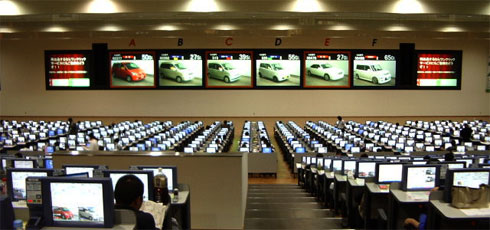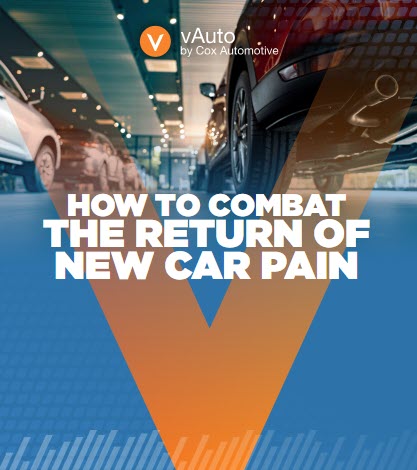4 Reasons To Rethink How You Source Auction Vehicles
“How has your auction-sourcing process changed in the past 12 to 18 months?”
I’ve been asking dealers and used vehicle managers this question a lot lately. It’s interesting to note the four most-common responses:
“Not much has changed.” About a third of dealers say things are pretty much the same when it comes to sourcing auction vehicles. In many instances, dealers believe their used vehicle managers and buyers could do a better job, but they don’t feel a compelling need to make any dramatic changes.
“We’re going to more physical auctions than we used to.” These are dealers who’ve expanded their wholesale acquisition net beyond local sources. Their focus is at least regional if not multi-state. Managers and buyers are traveling further to find the right auction inventory for their dealerships.
“We’re buying more online than we used to.” These dealers fall into two categories: those who are learning the ropes of acquiring auction vehicles through online channels, and those who want online purchases to make up a majority share of their wholesale acquisitions. In both cases, the dealers say they see online auctions as more cost-effective and efficient than sending managers to auctions to acquire wholesale inventory.
 “We’re only buying online.” I’d estimate about 20 percent of dealers have made this transition. Typically, the shift involves the hiring and/or training of acquisition specialists — computer- and tech-savvy individuals who spend the majority of their time researching vehicles, and managing live and proxy bids to acquire cars. Here again, dealers say the change resulted from a desire to make auction-sourcing less costly and more efficient.
“We’re only buying online.” I’d estimate about 20 percent of dealers have made this transition. Typically, the shift involves the hiring and/or training of acquisition specialists — computer- and tech-savvy individuals who spend the majority of their time researching vehicles, and managing live and proxy bids to acquire cars. Here again, dealers say the change resulted from a desire to make auction-sourcing less costly and more efficient.
I worry the most about dealers who fall in the first two groups.
If auctions were like fishing, these dealers would be the guys who are basically bringing the same bait and tackle to the same fishing holes, hoping to bring home the best fish. They see enough occasional success to maintain the same routine, even as the law of diminishing returns erodes their potential for success. They may even justify less-than-optimal results with a purist-type position — the guys with the fancy baits, high-tech fish finders and tackle aren’t really “fishing,” at least not in the traditional sense.
But I would submit that today’s wholesale market is anything but traditional. Consider the following factors:
Increased Supply
Not long ago, dealers bemoaned what they considered a dearth of decent cars available at auctions. Today, we have the opposite problem — an unprecedented, and growing, level of wholesale supplies that will bring a commiserate rise in vehicle value volatility and risk.
Increased Competition
In the months ahead, analysts say dealers will see fewer trade-in opportunities from new vehicle customers — a by-product of rising levels of leasing in recent years. Edmunds reports that fewer than half of new vehicle deals involved a trade-in. This market dynamic means more dealers will look to auctions to acquire the inventory they need to drive their retail sales and profit objectives.
Increased Market Insight
New technologies and tools are helping dealers efficiently pinpoint the auction vehicles that offer best retail potential for their dealerships, based on both the front-end gross profit the vehicle might generate, as well as how fast it will sell, given the number of competing units available in the market. For these dealers, there’s little, if any, guesswork involved when they make a decision to acquire an auction vehicle.
Increased Margin Compression
Unfortunately, the trend of the past several years will continue in the months ahead— pricing transparency and rising costs will continue to erode used vehicle profit margins. Add in the aforementioned volatility due to increased wholesale supply, and it is becoming an ever-greater imperative to consistently buy the auction right car on the money.
To me, these factors indicate a wholesale market where change is ever-present, and tomorrow’s opportunities will likely look different than they do today.
That’s why I’m more confident about the future success of dealers who’ve actively been changing the way they source auction inventory. In the months ahead, they’ll be better positioned to adapt to market shifts and gain advantage. Their competitors, meanwhile, will still be arguing over whether something needs to change.
The post 4 Reasons To Rethink How You Source Auction Vehicles appeared first on Dale Pollak.








